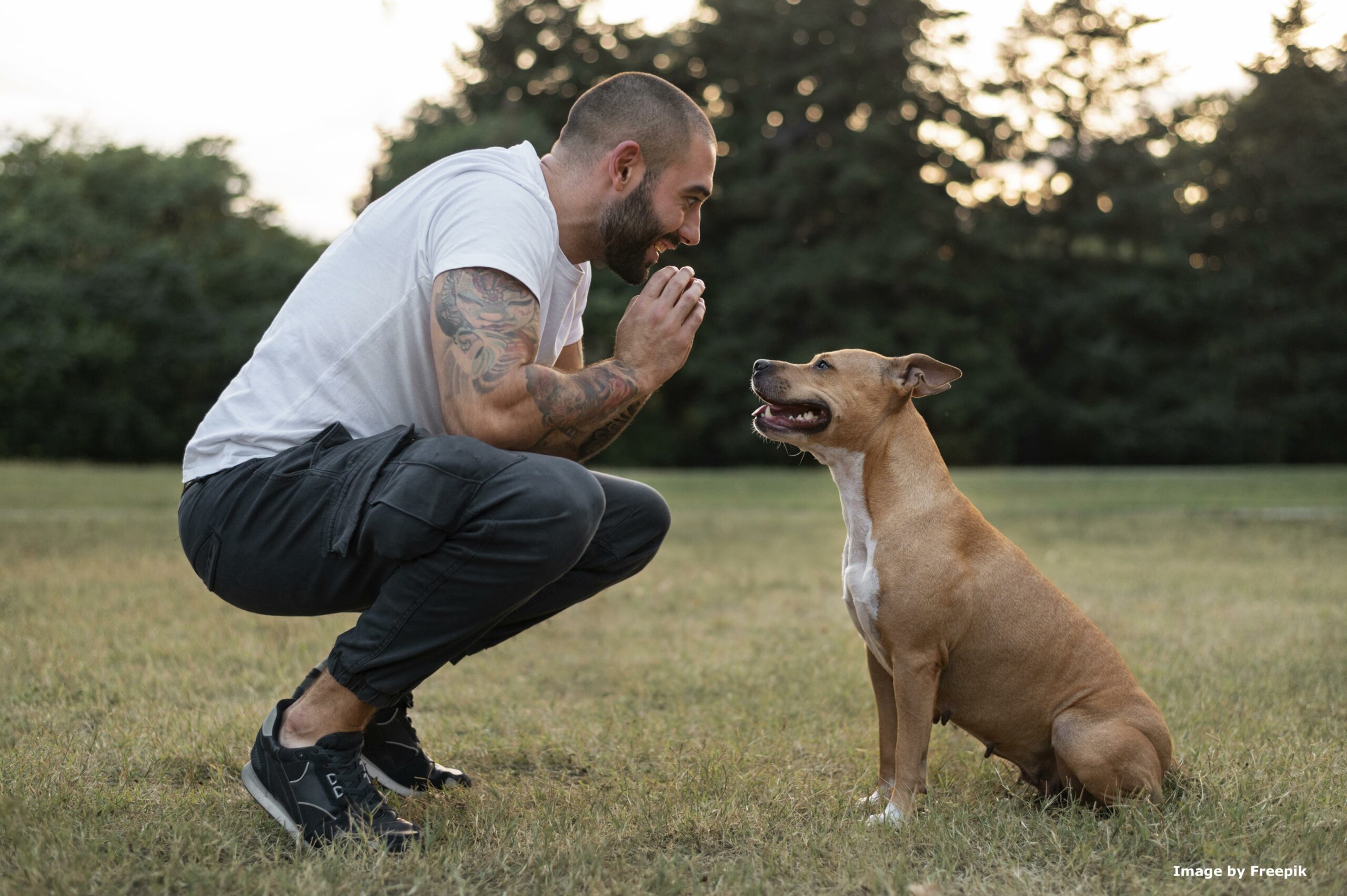Barks Blog
How to Book More Clients in Your Dog Training Classes

by PocketSuite
As a dog trainer, you give your all in a session, whether you have two students or ten. But, of course, you want to fill those spots to make that hour count. If you want to land more clients for your dog training classes, keep reading!
We compiled these expert tips to show you how to book more clients for your dog training classes.
#1 Optimize Your Dog Training Website
Your website is the first point of contact for potential clients. A professional website goes a long way in building trust. Clients will use it to decide if your dog training classes are right for them. And you have to grab their attention the second they land on your site. So, be creative and informative.
In general, your website should include:
-
- Services
- Location
- Contact information
- An “About you” page
- Client testimonials
- Pricing
- Cancellation and refund policies
To get started on your site, you use a content management system (CMS) like WordPress. Or, hire a professional website designer to bring your vision to life. You can embed your PocketSuite booking widget onto your website.
Once your site is up and running, you can optimize it so potential clients can find you through a quick web search. For example, if someone searches “positive reinforcement trainers in Columbus,” you want your site to come up first in the search results.
To get to the front page, you have to improve your website’s search engine optimization (SEO) with keyword research, i.e., look for common phrases that your clients are likely to search for and use those keywords strategically in your website content. There are a few free tools that can help with keyword research.
To give your site’s SEO a push, start a blog. You can write about anything from dog training mistakes to pet product recommendations. Either way, a blog brings more traffic to your site, and more bookings for your dog training classes.
#2 Reconnect With Clients via Text and Email
To get more bookings for your dog training classes, reach out to your current client base. Clients are likely to need your services again but need a little push to take that next step. Email and text marketing are some of the most effective ways to connect with clients (and land repeat bookings)!
You can send automated emails and text campaigns to clients straight from the PocketSuite app. You deliver useful and engaging content straight to their inbox or phone.
#3 Create Referral Incentives

Dog trainers can also create referral partnerships with other pet businesses, like veterinarians or shelters. These businesses are natural referral partners for trainers because they connect with pet parents in need. Just be sure to recommend their business to your clients.
It might be tough to find referral partners in large cities with lots of competition. Think outside the box. There may be some non-pet businesses that need your services without even knowing it. Maybe you can do a pop-up training session at a coffee shop that allows dogs, or work with a pet-friendly apartment building to organize classes for their residents.
You can get referrals and referral partners by staying active in your community. Attend local festivals or conferences, hand out your business cards, and network with other pet professionals.
#4 Write Guest Blog Posts
To get more bookings for your dog training classes, you have to meet your clients where they are. A lot of pet parents turn to popular blogs when they need advice on training their pups. You can reach potential clients by writing guest blogs for these sites.
The good news is that a lot of blogs are already looking for guest writers. It’s a mutually beneficial relationship. They need your expertise and experience to deliver helpful content to their readers. In return, you get an author’s bio where you can advertise your services (and larger sites will pay you!).
Guest blogging is a great way to promote your business. It establishes you as an authority figure and familiar face in the dog trainer community.
#5 Get Active on Social Media
To land more clients in your dog training classes, create and share content across social media. You don’t have to become an influencer, but be consistent. Lucky for you, people love dogs. (Like, a lot!) Your videos are sure to get traction from dog lovers and potential clients.
You can post:
- Training videos
- Client interviews
- Dog graduation photos
- Tips for pet parents
- Advice for other trainers
- Dog food and equipment recommendations
To make sure your content gets in front of the right people, use popular dog-related hashtags. Every social media platform is different. So do your research on trending content, the best times to post, etc.
Social media is a two-way street. You have to engage with followers to keep them invested in your content. For example, stay active in dog training Facebook groups, or create video responses to comments on your TikTok page. Make sure it feels like there’s a human behind the profile.
If you’re up for it, try paid social media ads or boost your posts, i.e., put a small budget behind your content so more people will see it. It’s a good option if you want to reach certain groups of people based on their location and interests.
If you start paid advertising, be sure to keep track of what works. Then you can retarget the people who interacted with your content.
#6 Offer a Consultation
Some clients might be interested in your services but leave without booking. Dog training classes are a big step, especially for new pet parents. You can calm their fears and land the booking by offering a one-on-one consultation.
In the consultation, you assess both the dog and your client to see if they’re a good fit for your program. And clients are more likely to trust you after this initial connection.
Dog trainers typically charge for the consultation if there’s physical training involved. Or, you can offer an initial consult call for free.
#7 Choose a Dog Training Specialty
Clients sift through dozens, if not hundreds, of dog training classes to find one that addresses their unique needs. A training specialty makes it clear that you’re the right fit and leads to more bookings!
It’s one thing to offer “dog training classes in Seattle.” It’s another to be the only trainer who can take on dog aggression cases in your city. Figure out how your services are different from other trainers in your area and lean into it!
It’s okay to be a generalist dog trainer. But specializations set you apart from the competition. With a specialty, you become the expert in your niche. For example, you’ll be the go-to person for separation anxiety or leash training for puppies.
Also, specializations make it easier for clients and referral partners to recommend your services.
It’s Time to Get Booked Solid
You put a lot of time and effort into your dog training classes. Make it worthwhile by promoting your services to potential clients. You can land more clients by optimizing your professional website and leveling up your social media, email, text, and referral marketing strategies. You should also highlight your specialization to stand out from the competition.
PocketSuite makes it easy to onboard new clients for your dog training classes. From bookings to payments to contracts, we’re an all-in-one app to grow your dog training business.
This post was contributed by PocketSuite, a Pet Professional Guild Corporate Partner, and was originally published on the PocketSuite blog.


